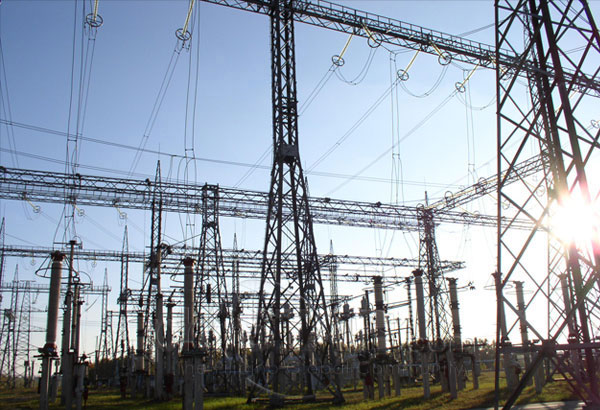Community Mortgage Program no longer effective, says PIDS
MANILA, Philippines - The Community Mortgage Program (CMP), a government financing scheme that enables organized informal settler families to purchase land, is no longer meeting the needs of its target beneficiaries mainly because of the high equity requirements for acquisition, the Philippine Institute of Development Studies (PIDS) said in a new policy note.
As such, the state-run policy research institute recommends implementing an income-based subsidy scheme to prevent further exclusion of the poor.
The CMP extends loans to poor informal settlers who have no access to housing loans from private banks. Established in 1988, it is administered by the Social Housing Finance Corp. (SHFC). It enables the beneficiaries to secure tenure on the land they currently occupy or wish to occupy.
The program has a total loan fund of P12.78 billion for its regular programs and an additional P20 billion for its high-density housing program.
To enjoy the benefits of the program, informal settler families (ISFs) must belong to community associations (CA).
The program provides housing loans payable on a fixed interest rate of six percent annually for 25 years. This interest rate is not risk-based and remains constant for the 25-year tenure of the loan.
CAs with good payment performance can apply for additional loans for site development and home improvement.
Based on its assessment of the program, PIDS said the equity requirement discourages target beneficiaries from participating in the program.
The maximum loan amount for land acquisition is P100,000 per household, the maximum monthly payment for which is P685.30 based on the fixed amortization period and interest rate. The loan amount ceiling, however, is no longer sufficient to cover the rising costs of land in Metro Manila where the bulk of informal settlers are located. Because of this, CAs are forced to raise the equity for the portion not covered by the loan or give up their land rights.
The paper noted that out of the total projects in NCR to date, only about 14 percent of CAs did not pay equity, probably because the selling prices were equivalent to or less than the approved loan amounts. On the other hand, the remaining 86 percent had to pay equity ranging from P1 to more than P100,000.
“Equity requirements tend to push the poor or those with volatile income away from the program. More often, the poor households exclude themselves from communities that access CMP loans because they are unable to raise the equity. Eventually, these households may give up their land rights to the debtors,” said PIDS.
The study also noted SHFC is not proactive in targeting specific communities or households for inclusion in the program. leading to misallocation of resources and inclusion of communities that are not among the target beneficiaries of the program.
“The communities are the one approaching landowners and selecting mobilizers, which can be the LGus or non-government organizations to initiate the loan application process,” said PIDS. “The SHFC rarely interacts with ISF communities. Should these be any interaction, it is limited to the background investigation on CAs with loan applications.”
- Latest
- Trending





























